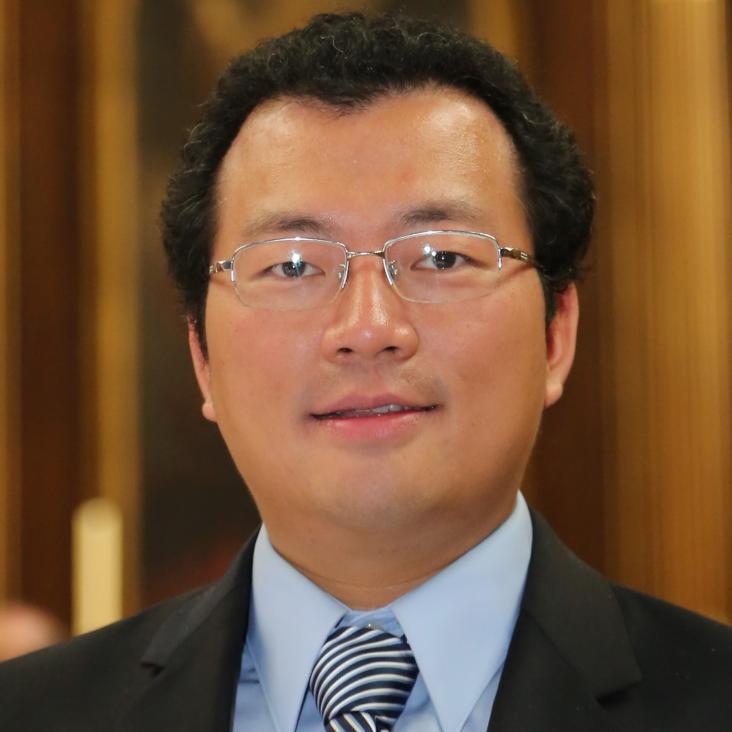Rapid surface oxidation as a source of surface degradation factor for Bi₂Se₃.
ACS Nano 5:6 (2011) 4698-4703
Abstract:
Bismuth selenide (Bi(2)Se(3)) is a topological insulator with metallic surface states (SS) residing in a large bulk bandgap. In experiments, synthesized Bi(2)Se(3) is often heavily n-type doped due to selenium vacancies. Furthermore, it is discovered from experiments on bulk single crystals that Bi(2)Se(3) gets additional n-type doping after exposure to the atmosphere, thereby reducing the relative contribution of SS in total conductivity. In this article, transport measurements on Bi(2)Se(3) nanoribbons provide additional evidence of such environmental doping process. Systematic surface composition analyses by X-ray photoelectron spectroscopy reveal fast formation and continuous growth of native oxide on Bi(2)Se(3) under ambient conditions. In addition to n-type doping at the surface, such surface oxidation is likely the material origin of the degradation of topological SS. Appropriate surface passivation or encapsulation may be required to probe topological SS of Bi(2)Se(3) by transport measurements.Angle-Resolved Photoemission Studies of Quantum Materials
Annual Review of Condensed Matter Physics Annual Reviews (2011)
Quantum Hall Effect from the Topological Surface States of Strained Bulk HgTe
PHYSICAL REVIEW LETTERS 106:12 (2011) ARTN 126803
Widespread spin polarization effects in photoemission from topological insulators
PHYSICAL REVIEW B 84:16 (2011) ARTN 165113
Bulk Fermi surface coexistence with Dirac surface state in Bi_{2}Se_{3}: A comparison of photoemission and Shubnikov–de Haas measurements
PRB American Physical Society 81:20 (2010) 205407


